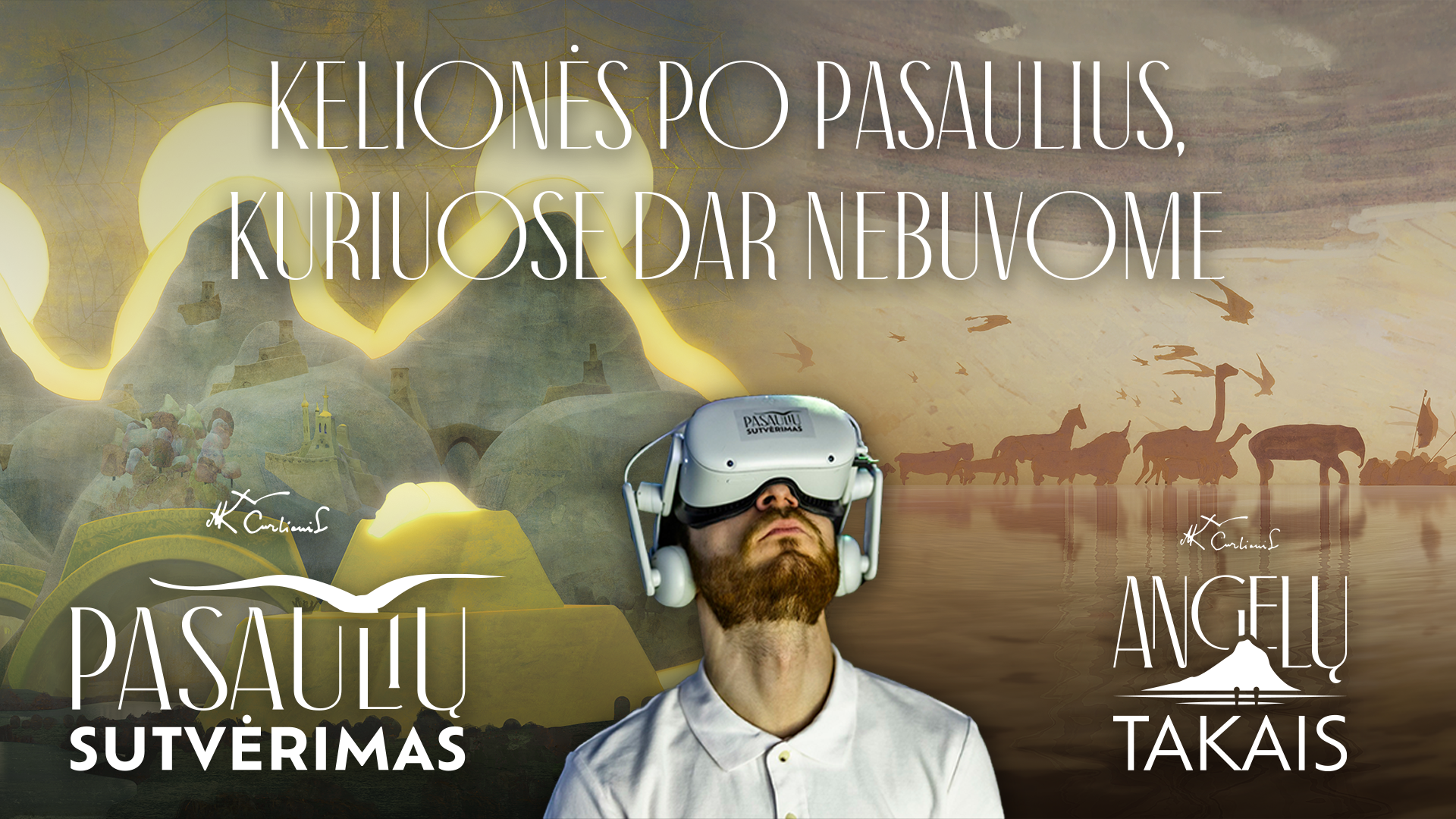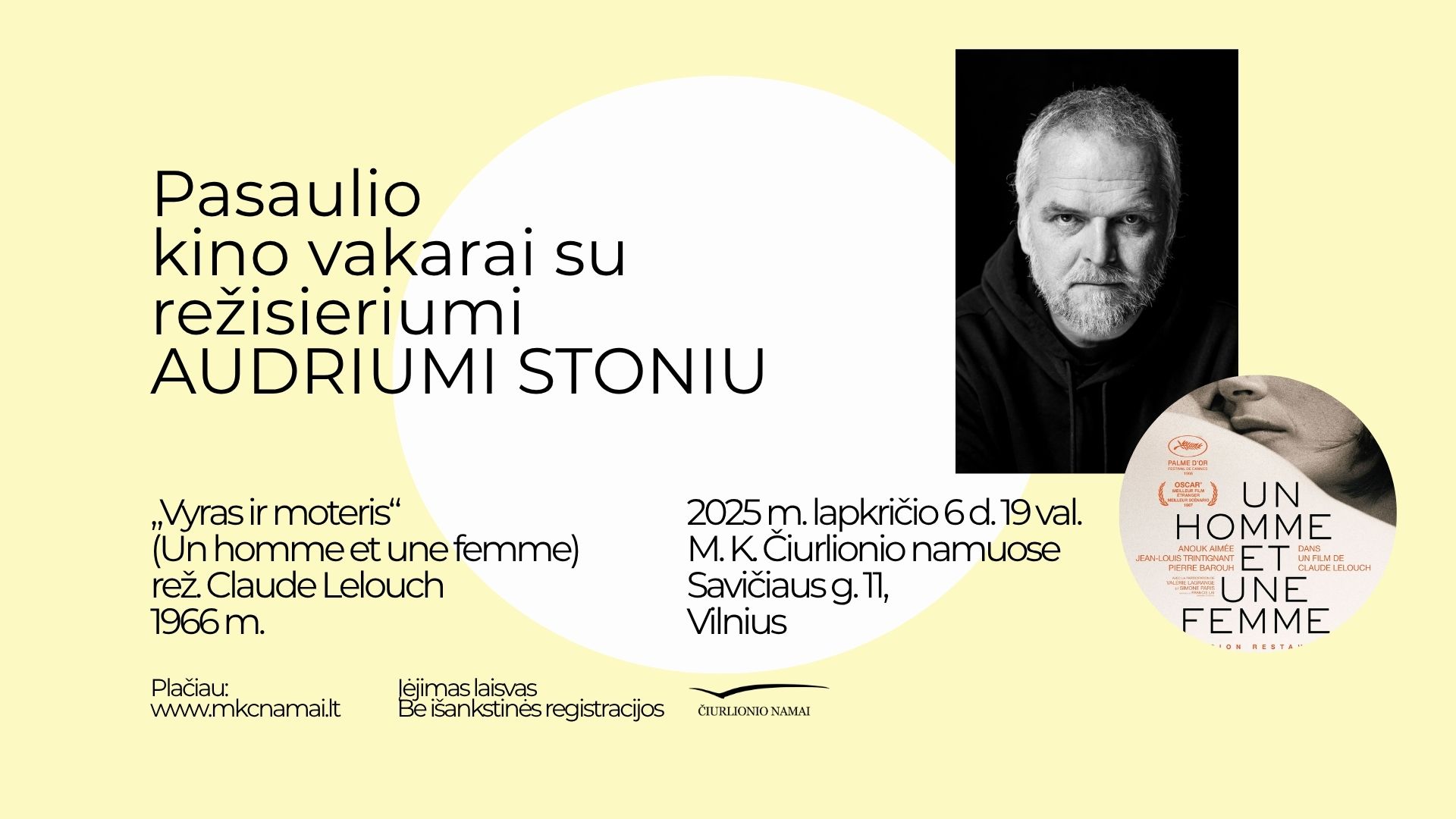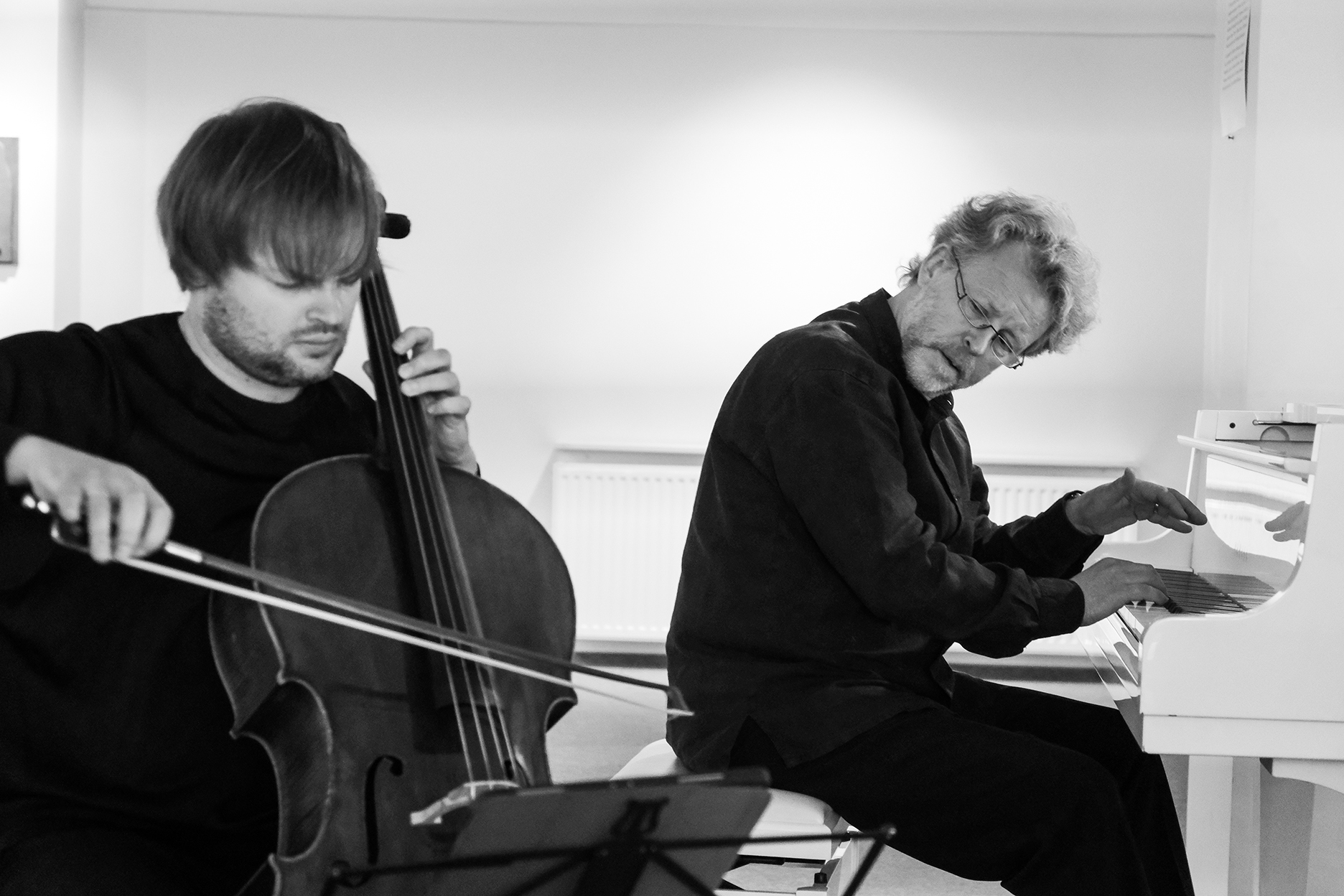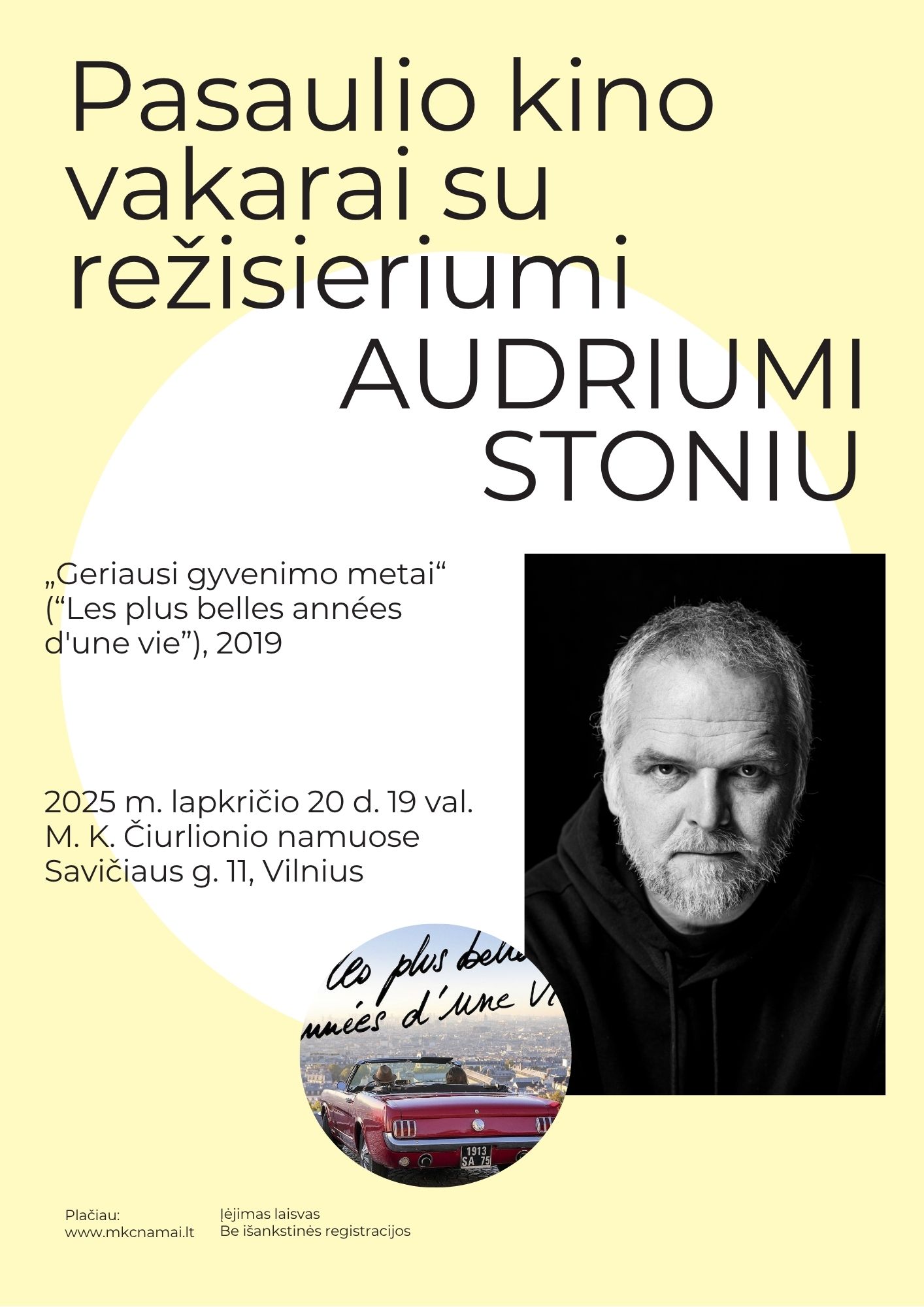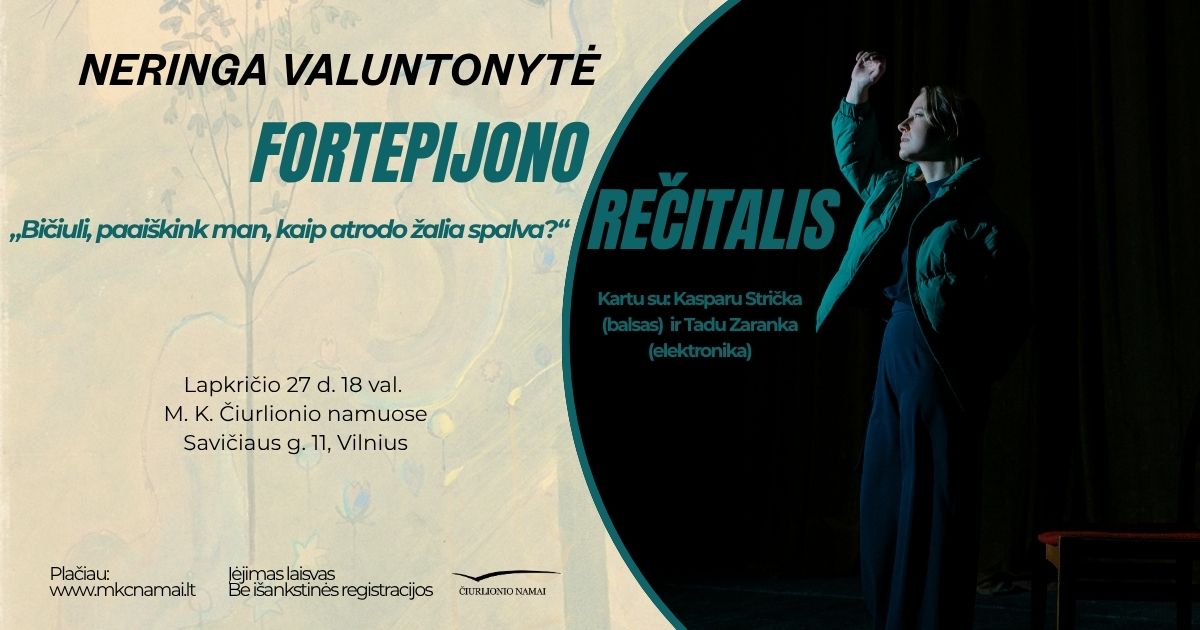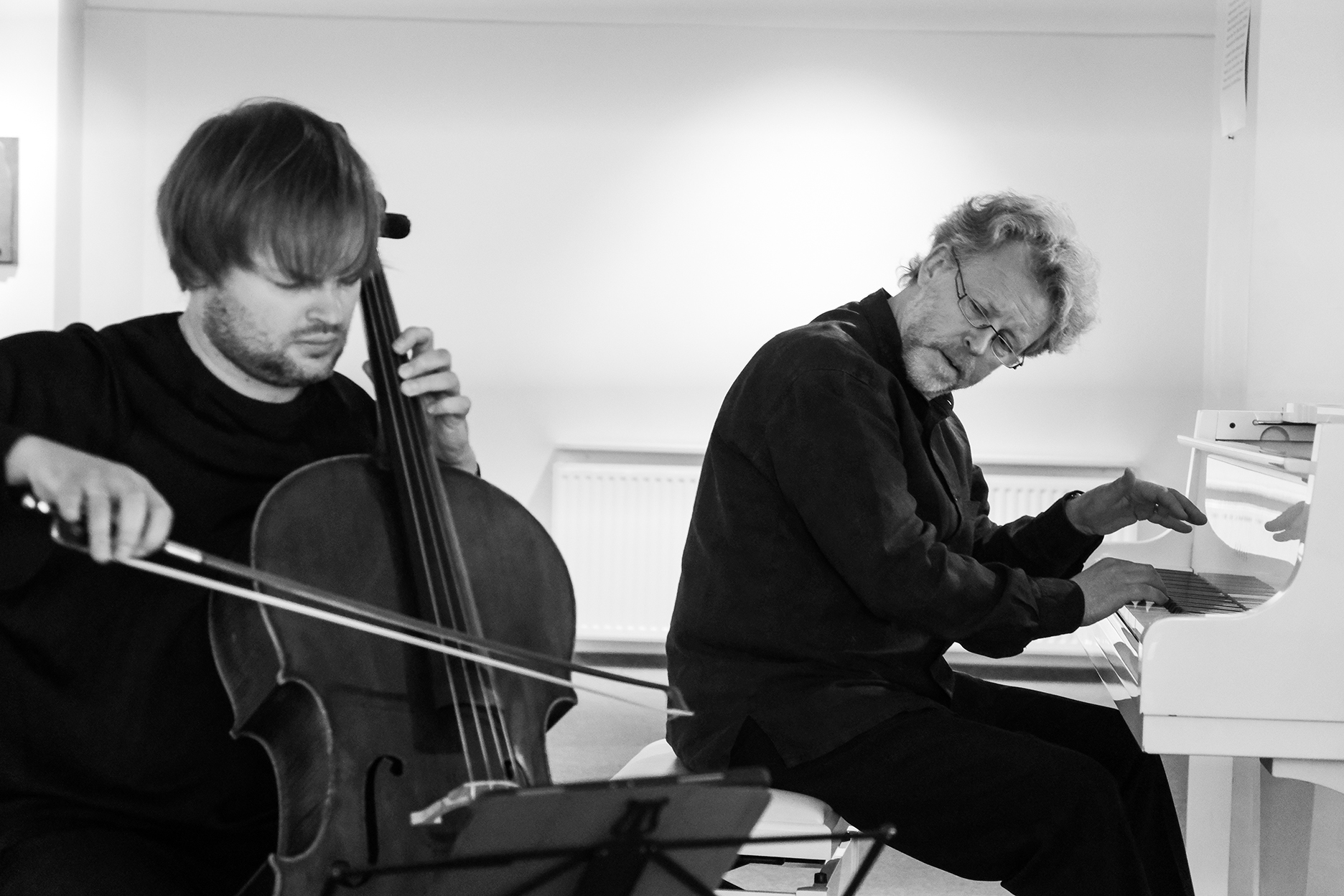
The M. K. Čiurlionis House in Vilnius invites to the opening of the exhibition "Exlibris for Čiurlionis" on 27 November at 7 pm.
The exhibition of ex-librises is being organised in the run-up to the 150th anniversary of M. K. Čiurlionis. It reveals the authenticity of small book graphics and the connection with one of Lithuania's most famous creators. It is intended to emphasize Čiurlionis' influence not only on music, painting and photography, but also on the wider development of visual culture. Čiurlionis is the main focus of this exhibition, inspiring artists in Lithuania and many other countries to create works in this unique graphic genre.
It is worth noting that Čiurlionis also contributed to the tradition of Lithuanian bookplates. It is likely that his drawing was used as the basis for a bookplate created in Leipzig in 1902 for the Swedish composer K. Paulson. One such sketch of the bookplate is in Čiurlionis' album of drawings. Another idea of the same bookplate, apparently not to the artist's liking, is in the same sketchbook. It was crossed out by the artist but still somewhat visible.
The art of ex-libris goes back a very long way. It has evolved from the marking of the book to the genre of small-scale graphic art. The desire to mark, to distinguish one's book is very old. The earliest known super-exlibris is thought to be a blue faience plate on a papyrus scroll, indicating that the owner of the scroll is the Egyptian Pharaoh Amenhotep III (c. 1377 BC). Later, with the spread of manuscript books in Europe, handwritten inscriptions or stamps in metal or rubber were common. These inscriptions are now called super-exlibris and not considered as ex-libris.
The golden age of bookmarks - bookplates – were 17th, 18th and 19th centuries, when private and public libraries were established. The bookplate was being put to practical use and the public was being introduced to this graphic genre, revealing aesthetic significance of book marking and the variety of graphic techniques.
In more modern times, the bookplate (usually a slip of paper bearing the owner's name, initials or the name of the institution) was affixed to the inside of the cover of the book. Such slips, with or without an additional drawing in addition to the text, were reproduced by means of printing or graphic arts.
The oldest super-exlibris in Lithuania belonged to the Sigismund the Old and is dated 1518. It is also worth mentioning the markings of library and separate book by Sigismund Augustus, of which he had more than 10.
The bookmarks were created by many famous artists representing various artistic trends and schools. The genre itself has evolved, compositional elements have become more complex, connections with typefaces have become more sophisticated, and etched metal, silk-screen and other printmaking techniques have emerged.
Ex-libris, as a separate genre, are collected and made into collections, albums and sets of postcards. They can also be found in the libraries of 19th century Lithuanian manors and in the private collections of collectors from all continents. One of the largest ex-libris collection is held in the British Museum in London.
This exhibition is a joint exposition of the collections of ex-librises submitted by Vilnius College and Šiauliai County Povilas Višinskis Public Library. The Šiauliai library lent the collection of the ex-librises created by the artists from Lithuania, Argentina, Romania, Latvia, Ukraine, Finland, Spain, Japan and other countries for the international ex-libris competition "M. K. Čiurlionis - 120". The exhibition also presents works by second-year students of Graphic Design school at Vilnius College, in which they interpret and pay tribute to Čiurlionis' work in their own creative way. The students visited the National M. K. Čiurlionis Art Museum in Kaunas and, inspired by the artist's original works, created ex-librises that embody a unique combination of the spirit of Symbolism and contemporary graphic art. The works were printed using silk-screen printing techniques.
The exhibition will run until 8 February 2025.
M. K. Čiurlionis House working hours:
Tuesday to Friday: from 11 a.m. to 5 p.m.
Saturday: from 1 p.m. to 5 p.m.
Monday and Sunday: CLOSED.
Entrance is free of charge.


